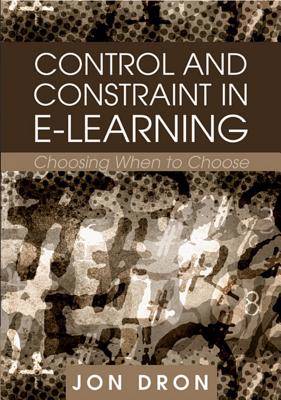
- Afhalen na 1 uur in een winkel met voorraad
- Gratis thuislevering in België vanaf € 30
- Ruim aanbod met 7 miljoen producten
- Afhalen na 1 uur in een winkel met voorraad
- Gratis thuislevering in België vanaf € 30
- Ruim aanbod met 7 miljoen producten
Zoeken
€ 152,95
+ 305 punten
Omschrijving
Every learner is on a trajectory, an individual path that involves choices about what to do next in order to learn, choices that are bounded by intrinsic and extrinsic constraints. In some cases the learner controls those choices, sometimes they are made by someone or something else, sometimes control is negotiated, or it emerges from complex interactions of many agents. Control and Constraint in E-Learning: Choosing When to Choose pulls apart that simple dynamic, examines it in detail, and explores its consequences to provide a new, theoretically grounded approach to the design of e-learning systems, to the benefit of teachers, programmers, researchers and instructional designers alike. In addition to shedding new light on traditional e-learning systems, it demonstrates that the social technologies underpinning Web 2.0 are fundamentally different in their dynamics of control and, consequently, when designed and used with care, offer benefits that significantly exceed the promise of their forebears.
Specificaties
Betrokkenen
- Auteur(s):
- Uitgeverij:
Inhoud
- Aantal bladzijden:
- 368
- Taal:
- Engels
Eigenschappen
- Productcode (EAN):
- 9781599043906
- Verschijningsdatum:
- 31/03/2007
- Uitvoering:
- Hardcover
- Formaat:
- Ongenaaid / garenloos gebonden
- Afmetingen:
- 185 mm x 261 mm
- Gewicht:
- 857 g

Alleen bij Standaard Boekhandel
+ 305 punten op je klantenkaart van Standaard Boekhandel
Beoordelingen
We publiceren alleen reviews die voldoen aan de voorwaarden voor reviews. Bekijk onze voorwaarden voor reviews.











